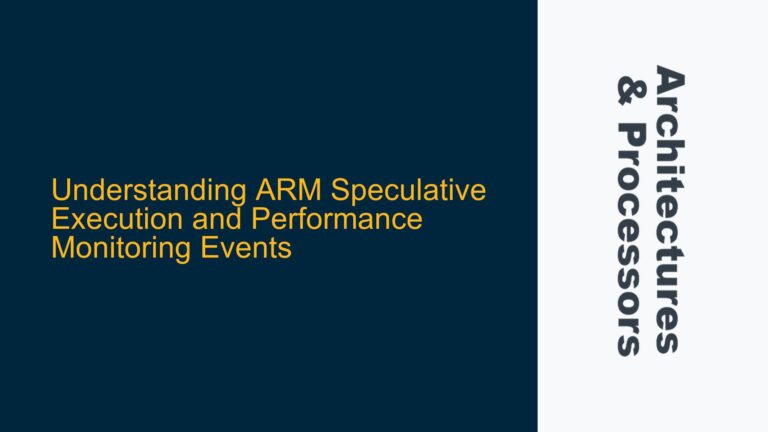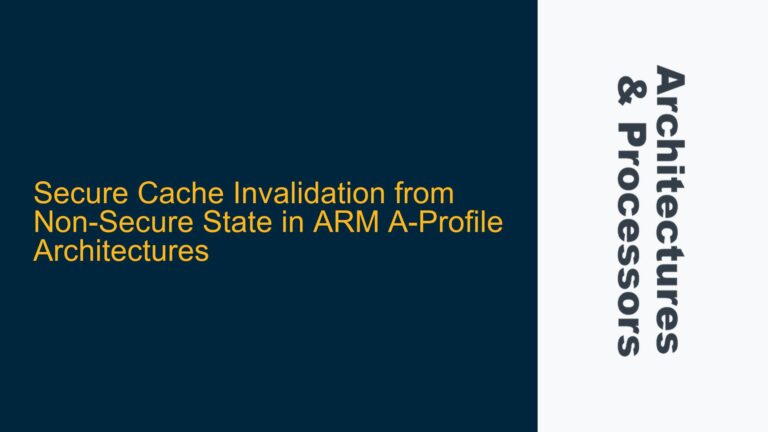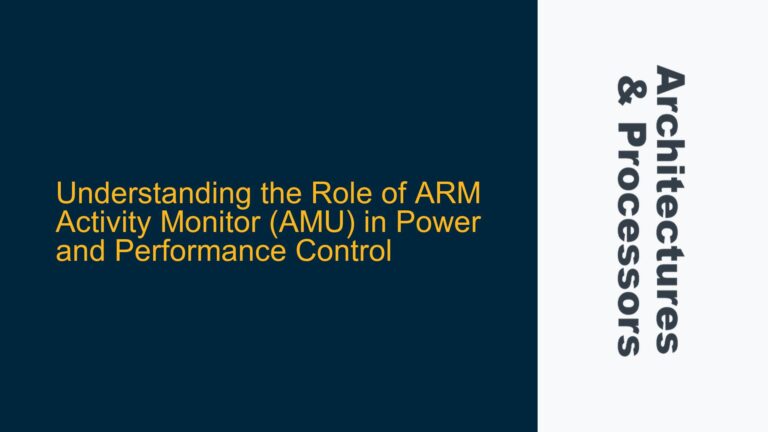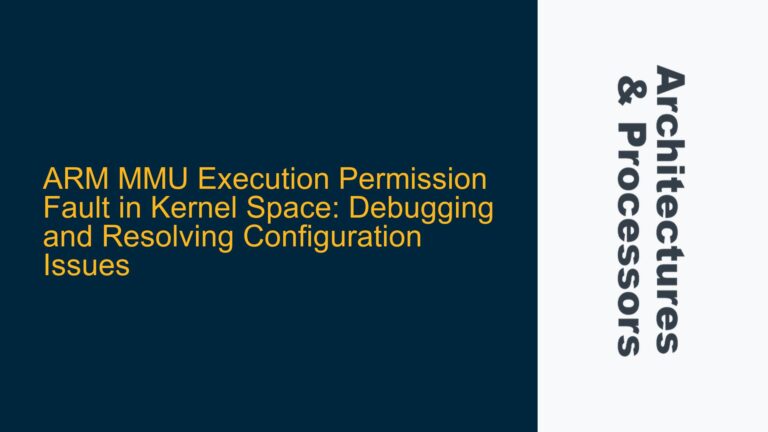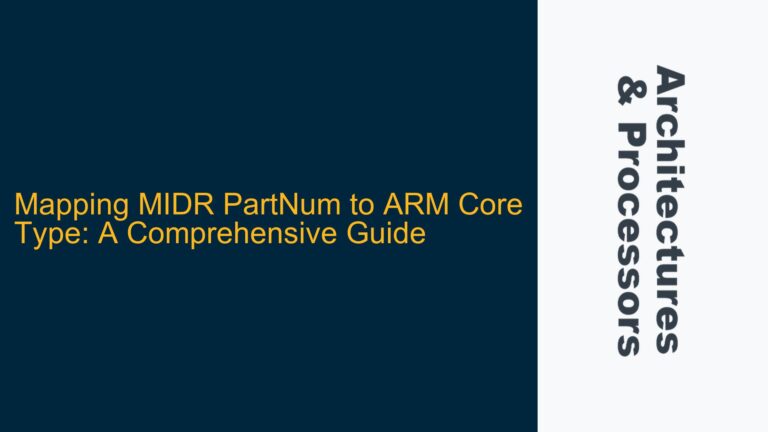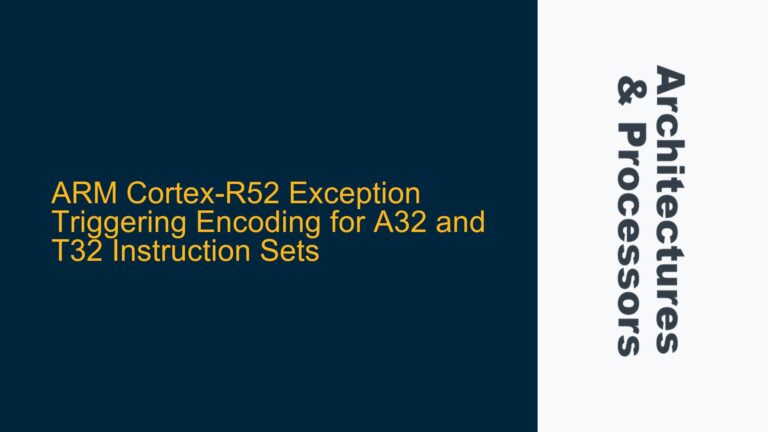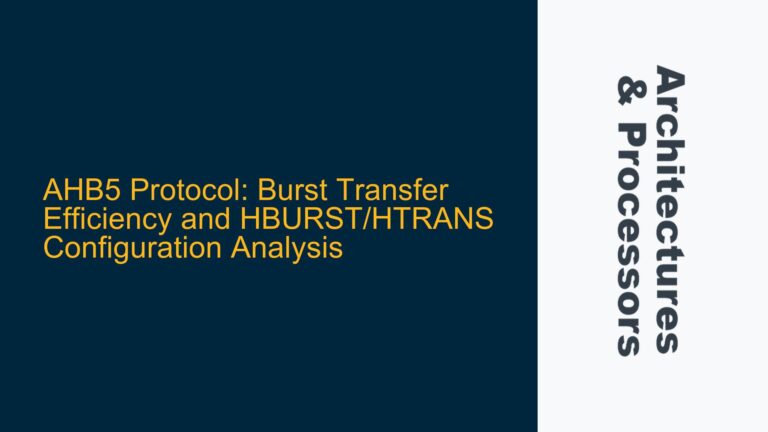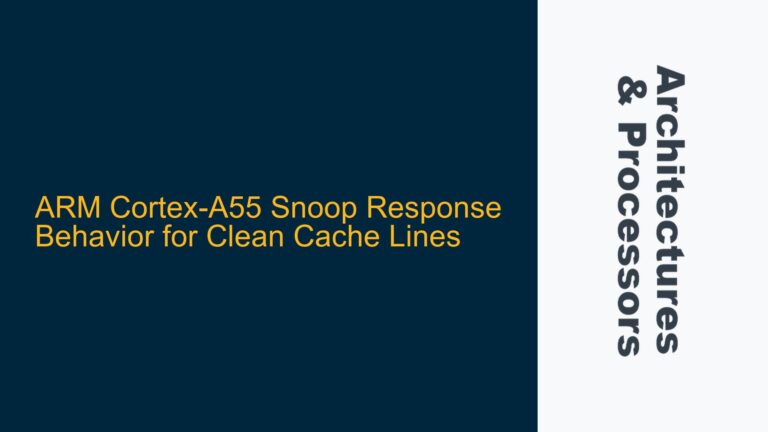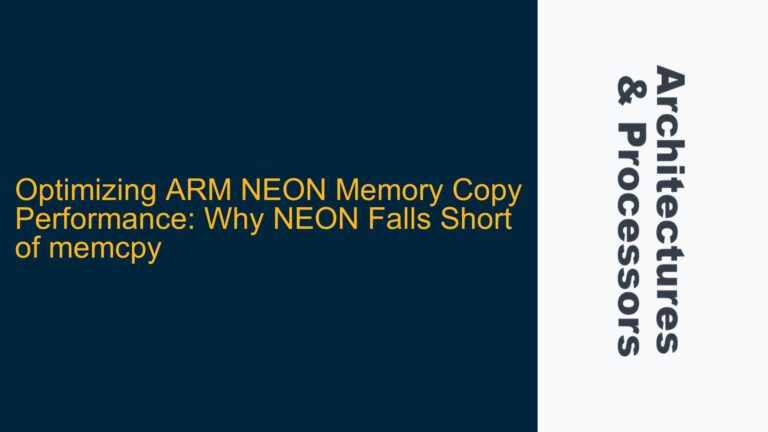ARM Speculative Execution and Performance Monitoring Events
ARM Cortex Performance Monitors: Speculative Execution Event Ambiguity The ARM Architecture Reference Manual (ARM ARM) introduces the concept of "Speculatively executed" instructions in the context of Performance Monitors Extension. The manual defines a speculatively executed instruction as one that might be speculative, and this definition is tied to events such as INST_SPEC. However, the term…
